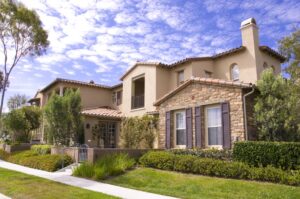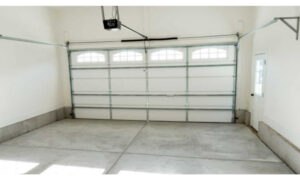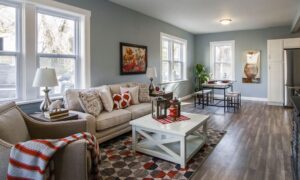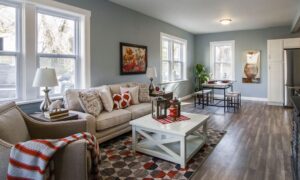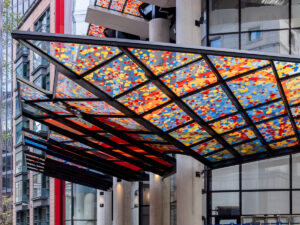
In the rapidly evolving landscape of real estate, the future of housing is being shaped by several key trends that are revolutionizing the way we live, work, and interact with our living spaces. From sustainable design practices to advanced technology integration, the 21st century is ushering in a new era of innovation and transformation in the housing industry.
1. Sustainable Living
One of the most prominent trends in modern housing is the emphasis on sustainable living practices. With a growing awareness of environmental issues and the need for conservation, homeowners and developers are increasingly incorporating eco-friendly features into residential properties. From energy-efficient appliances to green building materials, sustainable design is becoming a standard in the real estate industry.
2. Smart Homes and Technology
The integration of technology into homes is another major trend shaping the future of housing. Smart home systems that allow for remote monitoring and control of various functions such as lighting, security, and temperature are becoming increasingly popular. Artificial intelligence and IoT devices are transforming traditional homes into intelligent, connected spaces that offer convenience, efficiency, and enhanced living experiences.
3. Flexible and Multi-Functional Spaces
The concept of flexible and multi-functional spaces is gaining traction in modern housing design. With the rise of remote work and flexible lifestyles, homeowners are seeking versatile living areas that can adapt to their changing needs. From modular furniture to convertible rooms, the trend towards adaptable spaces is redefining the way we utilize our homes.
4. Urbanization and Mixed-Use Developments
Urbanization and the development of mixed-use properties are reshaping the real estate landscape in the 21st century. As urban populations continue to grow, there is a growing demand for integrated communities that combine residential, commercial, and recreational spaces. Mixed-use developments offer residents the convenience of living, working, and socializing in close proximity, creating vibrant and sustainable urban environments.
5. Aging Population and Accessibility
With the aging population on the rise, there is a growing focus on housing designs that cater to the needs of older adults and individuals with mobility challenges. Accessibility features such as ramps, grab bars, and wider doorways are becoming more common in residential properties. Universal design principles are being incorporated to create homes that are functional, comfortable, and safe for people of all ages and abilities.
The future of housing is being shaped by a combination of sustainability, technology, flexibility, urbanization, and accessibility. As the real estate industry continues to evolve, these trends will play a significant role in shaping the way we live and interact with our living spaces in the 21st century and beyond.



